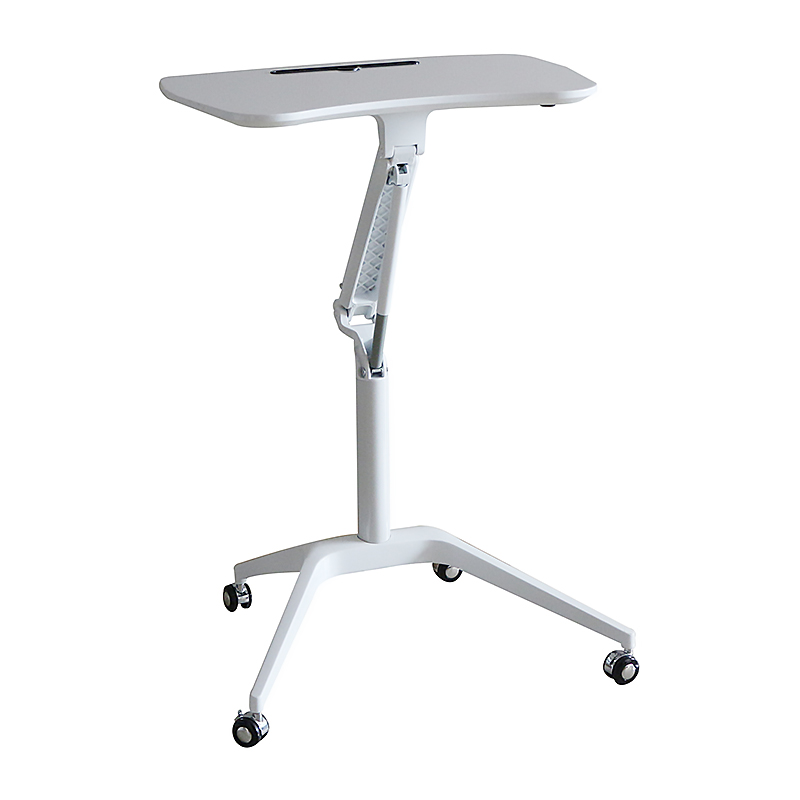Standing desks have taken the modern workplace by storm, offering an alternative to traditional sitting desks. From enhancing productivity to improving posture, standing desks promise a range of benefits that cater to employees, students, and even home office workers. But beyond trending office furniture, these desks have proven to be a game-changer in workspace ergonomics.
If you’re considering upgrading your workspace with a standing desk or weighing the advantages over conventional desks, this guide dives into the key benefits, ergonomic tips, and practical advice for choosing the right standing desk for your needs.
Why Consider a Standing Desk?
A standing desk isn’t just furniture; it’s an investment in your health and performance. Prolonged sitting has been linked to issues like back pain, reduced focus, and even chronic illnesses. Standing desks offer a proactive solution by encouraging movement and positioning your body for better alignment and energy.
Whether you’re opting for a sleek model for your corporate corner office or functional desks for your home workspace in Brisbane, standing desks combine innovation with practicality.
Exploring the Benefits of Standing Desks
1. Health Benefits
Reducing Back Pain
One of the leading benefits of standing desks is alleviating back pain. Sitting for prolonged hours compresses the spine, causing discomfort and stiffness. Standing desks encourage better posture and shift the pressure away from your lower back.
Lowering Risk of Chronic Diseases
Research links sitting for long periods with risks of diabetes, heart disease, and even certain cancers. Alternating between sitting and standing while working promotes blood flow, reduces sedentary behavior, and aids metabolic health.
2. Boosted Productivity
Standing desks are known to improve focus and efficiency. Users report feeling more energised and less sluggish throughout the day, especially during post-lunch hours. Active body movement prevents physical fatigue, keeping your mind alert and engaged. Perfect for home office desks or student desks, these desks can create a dynamic work environment.
3. Helping with Weight Management
Standing burns more calories than sitting. Over time, the small boost in daily activity can make a noticeable difference for weight management. Combine this setup with short walks or stretches throughout the day, and you have an ergonomic lifestyle suited for active individuals.
4. Creating a Safe and Versatile Workspace
Standing desks are great for open-plan offices or communal workspaces. Their adjustability accommodates users of different heights, making them an ideal choice for training room desks or shared desk setups.
Ergonomics of Standing Desks
A standing desk is about more than just standing; it’s about standing the right way. Here’s how to achieve a comfortable setup for optimal health and productivity.
1. Adjust Desk Height Correctly
Your desk should be at elbow height when you’re standing. This means your elbows form a 90-degree angle when your hands rest naturally on the desk. Use adjustable options like electric standing desks to fine-tune the height.
2. Combine Sitting and Standing
Resist the urge to stand all day. Alternate between sitting and standing every 30 to 60 minutes to avoid fatigue and maintain comfort. Keep a comfortable chair nearby, such as those often paired with office desks Sydney or Melbourne corner desks for flexibility.
3. Focus on Screen Position
Your monitor should be at eye level to prevent neck strain. Use a monitor riser if necessary to align your screen with your natural line of sight.
4. Supportive Flooring and Footwear
Standing for long periods can strain your feet. Anti-fatigue mats are a great addition to standing desks, along with well-cushioned, supportive footwear or sneakers.
5. Keep Accessories Within Reach
Arrange items like keyboards, mice, and phones within easy reach to maintain a neutral hand position. Whether you’re using reception desks or 120-degree office desks for collaborative workspaces, reducing overreach helps prevent strain.
Different Styles of Standing Desks
1. Adjustable Height Desks
These desks allow you to switch seamlessly between sitting and standing, making them ideal for home office desks or training room desks. They come in various styles, including manual crank models and electric adjustable options.
2. Corner Standing Desks
Perfect for maximising space, corner desks provide an ergonomic workstation setup without encroaching into other areas. They’re widely popular among Brisbane office desks and desks for sale in Perth.
3. Fixed Standing Desks
For those fully committed to standing, fixed standing desks offer a simple, minimalist design. They’re a cost-effective option for offices looking to add a standing workspace.
4. Convertible Desk Toppers
These are budget-friendly options that sit on top of your existing office desk and allow you to switch from sitting to standing.
Incorporating Standing Desks into the Workplace
Standing desks aren’t just personal workspace solutions. Incorporating them into office environments can revolutionise productivity and health for entire teams.
1. Reception Areas
Reception desks for sale nowadays offer hybrid designs that combine standard desks with standing modules. They provide a professional appearance while contributing to better ergonomics for front desk staff.
2. Collaborative Spaces
Training rooms and meeting spaces benefit significantly from standing desks. Adjustable desks keep team members engaged during discussions and brainstorming sessions.
3. Remote Workspaces
Standing desks are becoming a favorite for home office setups, particularly in urban hubs like Sydney, Melbourne, and Brisbane. Compact designs cater to limited spaces without compromising functionality.
Frequently Asked Questions (FAQs)
1. How often should I alternate between sitting and standing?
Experts recommend switching positions every 30 to 60 minutes. Prolonged standing can cause fatigue, so always listen to your body.
2. Are standing desks suitable for kids or students?
Yes! They can improve focus and posture for students. Adjustable options are perfect for younger users, allowing desks to grow with them.
3. Can standing desks fit into small spaces?
Absolutely. Options like corner office desks or compact adjustable desks are designed for smaller spaces, making them ideal for home offices or apartments.
4. What accessories enhance the use of standing desks?
Anti-fatigue mats, monitor risers, and cable management solutions are great additions. They boost functionality while maintaining a tidy and ergonomic workspace.
5. Are standing desks expensive?
While some models are premium-priced, there are affordable standing desks and toppers available to suit different budgets. Desks for sale in Perth, Adelaide, and other cities often include competitive pricing for quality models.
Wrapping Up
Switching to standing desks is a smart move for anyone looking to improve their workspace ergonomics, productivity, and overall health. From reducing back pain to enhancing focus, the benefits are undeniable. With options ranging from 120-degree office desks to compact home office desks Brisbane residents love, there’s a standing desk for every need.
Standing desks aren’t just about working; they’re about working better. By selecting the right model and incorporating ergonomic practices, you can create a dynamic work environment that not only supports your needs but transforms your daily routine.
Take the leap and explore standing desks across Australia, from Sydney office desks to desks Brisbane professionals swear by. Build a healthier, more productive workspace today!






